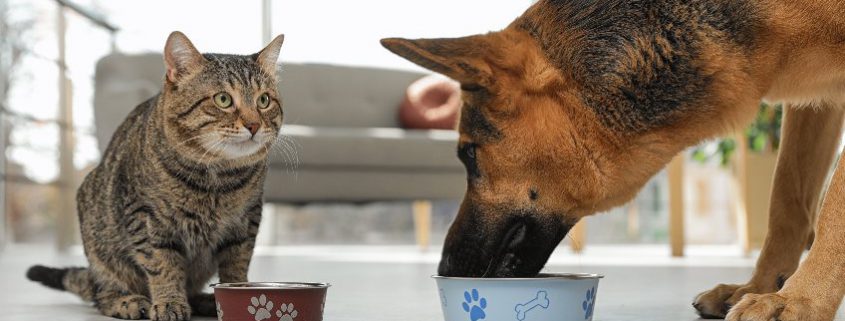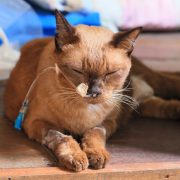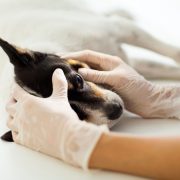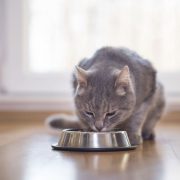Unconventional diets for dogs and cats
Unconventional diets for dogs and cats
‘In the Spotlight’ features bring together collections of published papers on topics of interest and importance to the veterinary professions.
Papers are chosen for relevance and accessibility, with the full text of articles either being available through the RCVS Knowledge Library, on open access or from other publications to which a significant number of veterinary professionals are likely to have access. This means that there may be relevant evidence that is not included. If you would like assistance in searching for further evidence on this topic you may find the following helpful EBVM Toolkit 2: Finding the best available evidence.
If you would like to suggest a paper for inclusion in one of our published Spotlight features, or a topic for a future Spotlight feature, please email library@rcvsknowledge.org
Published 15 August 2022 | Updated 23 July 2025
The subject of feeding pet dogs and cats seems to generate strong feelings, and there is an increasing range of options available. As veterinary professionals our concerns have focused on ensuring that the diet is safe and meets the nutritional needs of the animal, which may change with life stage and disease.
However, both the options available and societal expectations change over time, and there is now increasing discussion about sustainability and environmental impact. The term “unconventional” has been used to reflect the changes from what has become the conventional way of feeding dogs and cats with wet or dry manufactured pet foods based on ingredients with which we are familiar in our own diets.
The purpose of this collection is to bring together a selection of the most relevant published evidence and resources relating to some of the most common types of unconventional diets available for feeding dogs and cats. While there is little published about the long-term effects of feeding a particular type of diet there is an increasing body of evidence that can inform our discussions with pet owners, including some research about why owners make the choices they do in feeding their pets.
The papers are grouped to give a general introduction to unconventional diets and owner choices before going on to consider published evidence and resources available relating to the different types of diets now available. When interpreting the evidence, it should be remembered that broad terms such as “raw”, “vegetarian”, “grain free” or “homemade” can cover a range of diets which may have very different nutritional properties.
The final section looks at some of the emerging evidence on longer term effects on health from feeding different types of diet. It should be noted that this research is still in its infancy and many of the studies published so far rely on single time point reports from owners on the perceived health of their animals rather than longitudinal objective assessments.
As with our other collections, papers are chosen for relevance and accessibility, with the full text of articles either being available through the RCVS Knowledge Library or from other publications to which a significant number of veterinary professionals are likely to have access
Contents
- Introduction
- Owner attitudes
- Guidelines
- Raw meat-based diets
- Review articles
- Owner perception
- Microbiological contamination
- Nutritional adequacy
- Vegetarian and vegan diets
- Owner attitudes
- Nutritional adequacy
- Grain free diets
- Review articles
- Research articles
- Owner attitudes
- Homemade
- Nutritional adequacy
- Novel ingredients
- Comparing diets
- Owner perception
Image copyright attribute: belchonock






Leave a Reply
Want to join the discussion?Feel free to contribute!